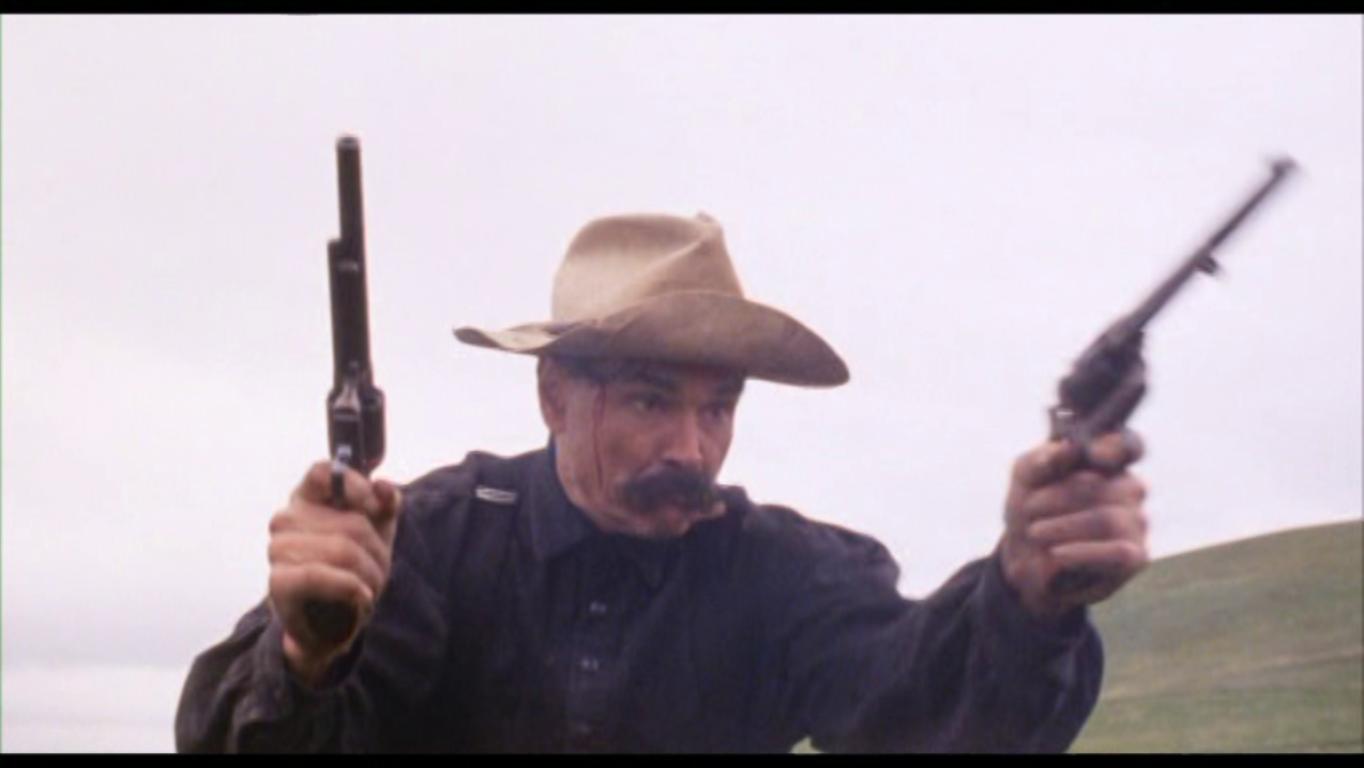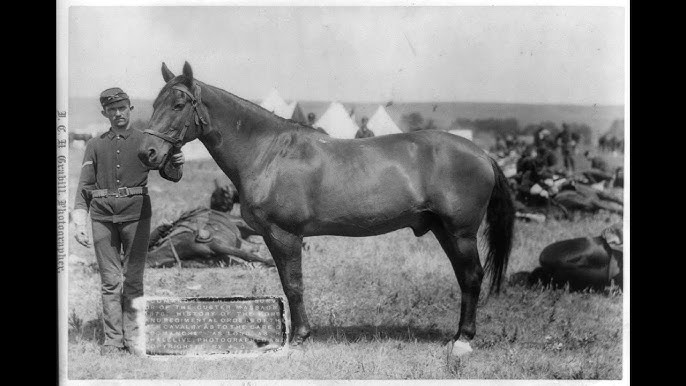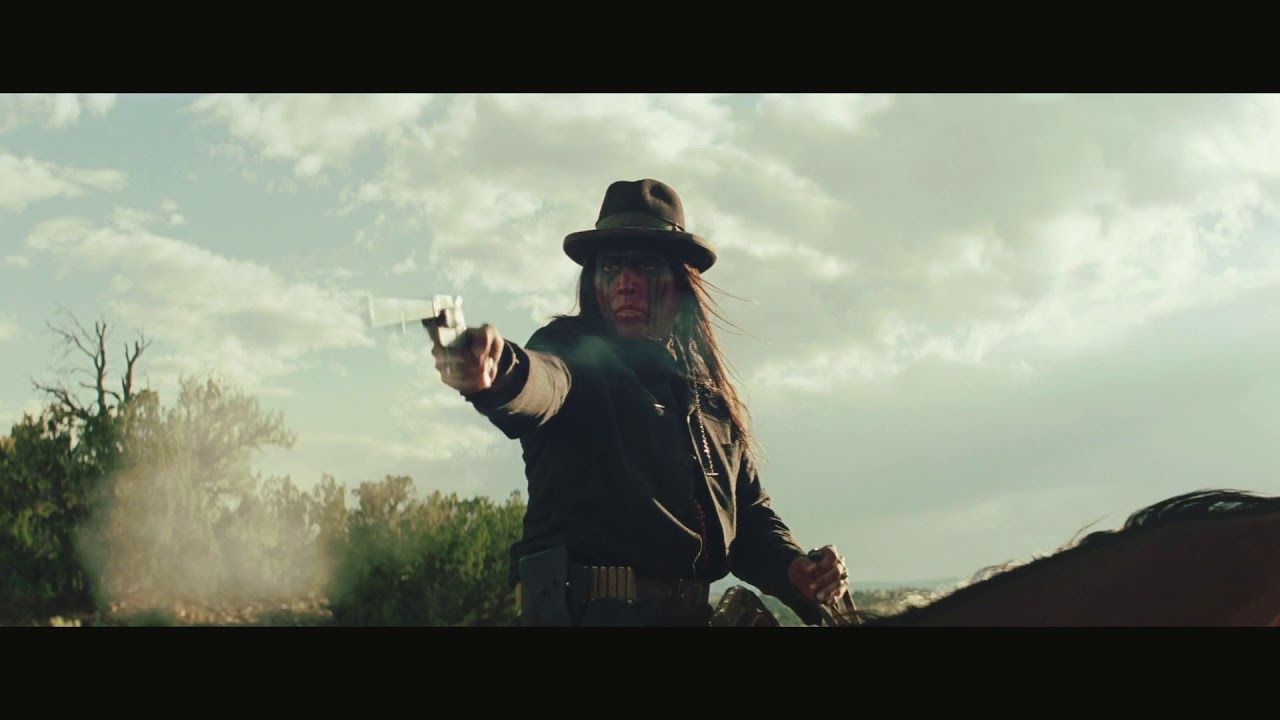🎬 Comanche (2000)

Comanche (2000) Review: A Tribute to Native Resilience and Spirit
Comanche, directed by Burt Kennedy, is a television film that explores the trials and triumphs of the Comanche people as they navigate the challenges of survival, identity, and resistance during the tumultuous period of westward expansion. Set in the American frontier, the film provides a narrative that highlights cultural resilience, human connection, and the conflicts that arose between Native Americans and settlers.
Plot Overview: Conflict and Coexistence on the Frontier
The story centers on the lives of the Comanche people, focusing on their struggles to preserve their way of life in the face of encroaching settlers and military forces. Central to the narrative is the character of Quanah Parker, a historical figure and leader of the Comanche, who attempts to balance resistance and diplomacy.
The film weaves together personal and communal stories, exploring themes of identity, survival, and cultural pride. While the Comanche strive to maintain their traditions, they are faced with mounting pressures from settlers and the U.S. government, leading to moments of both collaboration and violent confrontation.
Key Characters and Performances
- Quanah Parker (portrayed by ??): As a leader of the Comanche, Quanah is portrayed as a figure of strength, wisdom, and compassion. His character anchors the film’s exploration of leadership and cultural resilience.
- Settler Counterparts: Several settlers, including a sympathetic farmer and a hardened soldier, offer contrasting perspectives on the frontier conflict. Their interactions with the Comanche reveal the complexities of coexistence and cultural misunderstandings.
- Comanche Elders and Warriors: The film features a range of Comanche characters who embody the tribe’s values of courage, community, and connection to the land.
Themes: Identity, Survival, and Unity
- Cultural Preservation: The film highlights the Comanche’s efforts to maintain their traditions, language, and identity despite external pressures.
- Conflict and Diplomacy: The narrative examines the tension between resistance and compromise, showcasing the nuanced decisions faced by Native leaders.
- The Human Spirit: At its core, the film is a celebration of resilience and the enduring strength of the human spirit in the face of adversity.
Direction and Cinematography: A Visual Tribute to the Frontier
Director Burt Kennedy crafts a visually rich narrative, capturing the sweeping landscapes of the American West. The cinematography emphasizes the connection between the Comanche people and their environment, with stunning shots of plains, rivers, and wide-open skies.
Strengths of Comanche (2000)
- Cultural Representation: The film makes a sincere effort to portray the Comanche people with dignity and depth, exploring their culture and struggles with respect.
- Visual Grandeur: The cinematography enhances the story, grounding the narrative in the beauty and harshness of the frontier.
- Emotional Resonance: The film’s focus on personal and communal stories lends it an emotional weight that resonates with audiences.
Weaknesses of Comanche (2000)
- Pacing Issues: The film’s deliberate pace may feel slow to some viewers, particularly during its quieter moments.
- Simplified Conflicts: While the film captures the essence of the era, its portrayal of certain historical and cultural conflicts may feel oversimplified.
- Underdeveloped Supporting Characters: Some characters lack the depth needed to fully engage viewers, serving more as archetypes than fully realized individuals.
Legacy and Cultural Impact
While Comanche (2000) may not have achieved widespread recognition, it stands as a tribute to the resilience and spirit of the Comanche people. Its commitment to highlighting Native stories and perspectives contributes to a growing body of work that seeks to bring Indigenous history to the forefront of American cinema.
Fun Facts About Comanche (2000)
- Historical Inspiration: The film draws on the life of Quanah Parker, a real-life Comanche leader who played a pivotal role during the late 19th century.
- Authentic Locations: Filmed on location in the American Southwest, the film captures the natural beauty of the Comanche homeland.
- Focus on Culture: Advisors from Native communities were consulted during production to ensure cultural accuracy and authenticity.

Conclusion: A Poignant Celebration of Native Resilience
Comanche (2000) is a heartfelt and visually striking film that sheds light on the struggles and triumphs of the Comanche people during a pivotal era in American history. While its pacing and simplified narrative may not appeal to all audiences, its commitment to cultural representation and emotional storytelling makes it a valuable contribution to the genre of historical dramas. For those interested in Native history and frontier stories, Comanche offers a poignant and thought-provoking viewing experience.